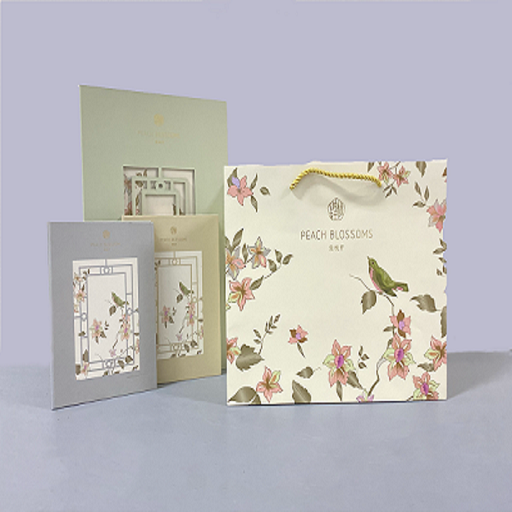In the fast-paced world of commerce, ensuring that transactions occur smoothly and with the proper authorization is critical. When it comes to selling products under a specific brand, having the necessary authorization is paramount for both legal and reputational reasons. A well-structured Brand Authorization Letter can facilitate this process, making it essential for sellers to comprehend and employ the correct format. In this article, we delve into the intricacies of the Brand Authorization Letter format for sellers, providing valuable insights to streamline the authorization process effectively.
Understanding the Significance of a Brand Authorization Letter
A Brand Authorization Letter is a formal document issued by the brand owner or an authorized representative. It grants permission to a seller or a third party to sell products under the brand’s name. This letter serves as a testament to the seller’s legitimacy and helps build trust with customers and partners.
Enhancing Credibility and Legitimacy
Having a Brand Authorization Letter in place significantly enhances a seller’s credibility and legitimacy in the market. It assures customers and stakeholders that the seller is authorized by the brand to distribute or sell its products.
Legal Compliance and Risk Mitigation
From a legal perspective, a Brand Authorization Letter ensures that the seller is adhering to the brand’s guidelines and policies. It mitigates the risk of legal actions that could arise due to unauthorized selling or misrepresentation.
Read Also: Ajio Seller Central Guide
Structuring the Brand Authorization Letter
A well-structured Brand Authorization Letter must encompass essential details to be effective. Let’s break down the key components that should be included in the letter.
1. Sender’s Information
Begin the letter by stating the sender’s details, including the name of the brand owner or the authorized representative. Provide the complete address and contact information for further correspondence.
2. Recipient’s Information
Next, clearly mention the recipient’s details, specifying the seller or the third party authorized to sell the products. Include their name, business name, address, and contact information.
3. Authorization Details
Clearly outline the scope of authorization granted to the recipient. Specify the products or services covered by the authorization, along with any limitations or restrictions.
4. Duration of Authorization
State the duration for which the authorization is valid. Whether it’s a specific timeframe, ongoing, or contingent on certain conditions, this information should be clearly articulated.
5. Terms and Conditions
Include any terms and conditions associated with the authorization. This might cover aspects such as pricing, quality standards, marketing guidelines, or any other relevant terms that the seller must adhere to.
6. Signatures and Notarization
Conclude the letter with appropriate spaces for signatures from both the sender and recipient. Notarize the letter to add legal validity and authenticity.
Tips for Optimizing Your Brand Authorization Letter
Crafting an effective Brand Authorization Letter goes beyond just following a format. Here are some additional tips to enhance its impact:
1. Professional Language and Tone
Maintain a formal and professional tone throughout the letter. Use clear and concise language to convey the intended message accurately.
2. Accuracy and Detail
Ensure that all details mentioned in the letter are accurate and comprehensive. Avoid any ambiguity or vagueness that could lead to misunderstandings later.
3. Legal Review
Before finalizing the letter, seek legal review to confirm that it aligns with all relevant laws and regulations. This step is crucial to avoid legal complications in the future.
4. Timely Updates
Regularly review and update the Brand Authorization Letter to reflect any changes in the authorization terms, contact information, or other pertinent details.
Conclusion
A well-crafted Brand Authorization Letter is a powerful tool for sellers, facilitating smooth transactions and bolstering their credibility in the market. By understanding the key components and structuring the letter effectively, sellers can navigate the authorization process seamlessly. Remember, a clear and comprehensive Brand Authorization Letter not only protects the interests of all parties involved but also contributes to a thriving and legitimate marketplace.





